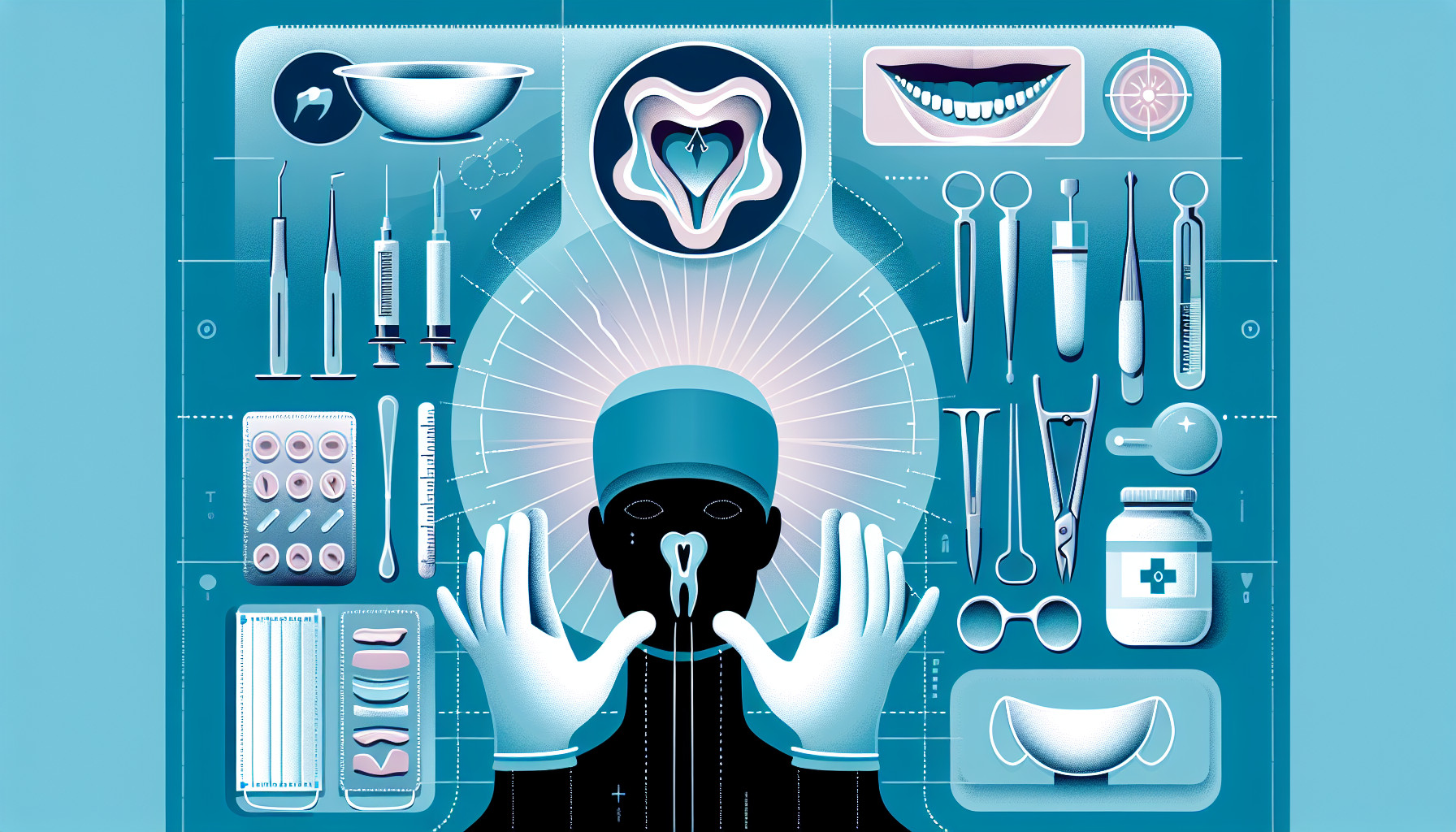Our Summary
This research paper discusses the evolution of oral and maxillofacial surgery (OMS) education from the mid-1800s to now. It considers how factors such as the separation of dentistry and medicine, the discovery of anesthesia, antiseptics, antibiotics, and wars have influenced surgical progress and training.
Back in the 19th century, learning surgery was typically done through apprenticeships with established surgeons. In the 20th century, the training shifted from separate dental school and hospital experiences to integrated 3- and 4-year hospital programs.
It wasn’t until after World War II that individual oral surgeons started pursuing medical degrees after their residency. The official combined degree program for OMS started in the 1970s.
FAQs
- How has the education and training for oral and maxillofacial surgery evolved since the 19th century?
- What impact did the discovery of anesthesia, antisepsis, antibiotics, and wars have on oral surgery progress and training?
- When did the formal dual degree OMS paradigm begin in oral and maxillofacial surgery training?
Doctor’s Tip
A helpful tip a doctor might tell a patient about oral surgery is to follow the post-operative instructions carefully to ensure proper healing and minimize the risk of complications. This may include avoiding certain foods, taking prescribed medications as directed, and keeping the surgical site clean. It is also important to attend all follow-up appointments to monitor progress and address any concerns.
Suitable For
Patients who are typically recommended for oral surgery include those with impacted teeth, such as wisdom teeth, that are causing pain or infection. Other common reasons for oral surgery include the removal of tumors or cysts in the jaw, correction of facial deformities, treatment of jaw joint disorders, and placement of dental implants. Patients with severe dental infections, traumatic injuries to the face or jaw, or those in need of reconstructive surgery may also be recommended for oral surgery. Additionally, patients with obstructive sleep apnea may benefit from oral surgery to improve their breathing during sleep.
Timeline
Before oral surgery:
- The patient may experience tooth pain, infection, or misalignment that requires surgical intervention.
- The patient consults with a dentist or oral surgeon to discuss treatment options and determine if surgery is necessary.
- Preoperative tests or evaluations may be conducted to assess the patient’s overall health and suitability for surgery.
- The patient may be instructed to stop taking certain medications or avoid eating or drinking before the procedure.
After oral surgery:
- The patient may experience pain, swelling, and discomfort in the days following the surgery.
- The patient is given postoperative instructions on how to care for the surgical site, manage pain, and prevent complications.
- Follow-up appointments may be scheduled to monitor healing and remove sutures, if necessary.
- The patient gradually resumes normal activities and diet as advised by the oral surgeon.
- Long-term follow-up may be necessary to ensure proper healing and address any ongoing issues related to the surgery.
What to Ask Your Doctor
- What specific procedure do I need and why is it necessary?
- What are the potential risks and complications associated with this surgery?
- What type of anesthesia will be used and are there any potential side effects?
- How long will the recovery process be and what can I expect in terms of pain and swelling?
- Will I need to make any changes to my diet or lifestyle before or after the surgery?
- How many times have you performed this procedure and what is your success rate?
- Are there any alternative treatment options available?
- Will there be any follow-up appointments needed after the surgery, and what is the long-term outlook for my oral health?
- What are the costs associated with this surgery and will my insurance cover it?
- Are there any specific instructions or precautions I should be aware of before and after the surgery?
Reference
Authors: Kaban LB, Hale R, Perrott DH. Journal: Oral Maxillofac Surg Clin North Am. 2022 Nov;34(4):495-503. doi: 10.1016/j.coms.2022.03.008. Epub 2022 Oct 9. PMID: 36224077
